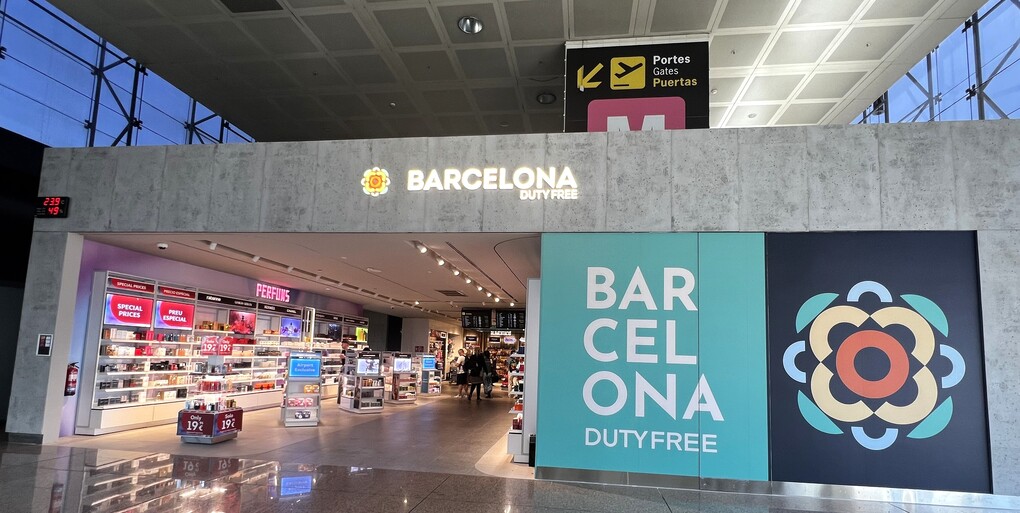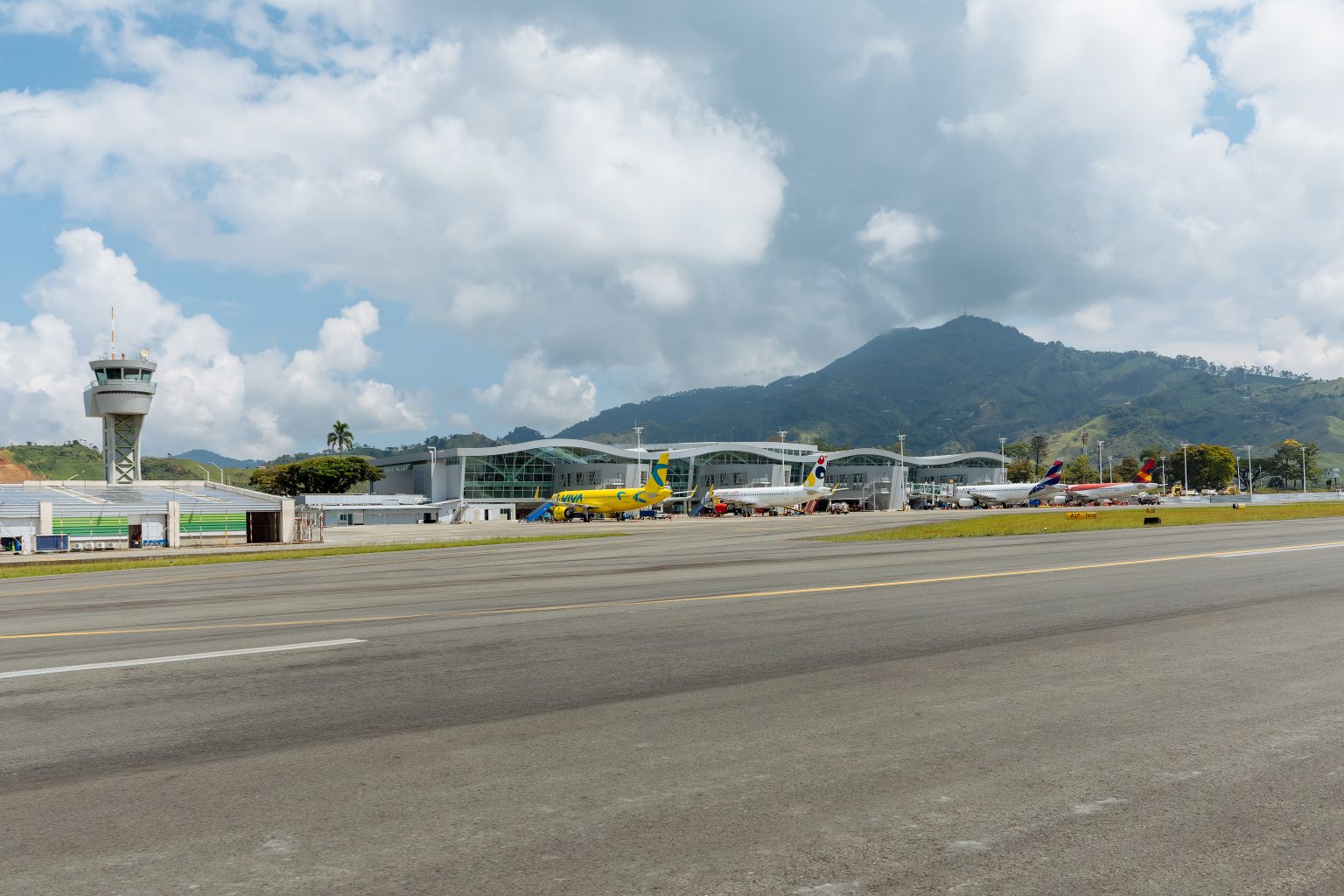 |
US. Leading airport concessions company Airmall USA has hit out at a report that claims private concessions developers are having a negative impact on the airport community in North America.
Airmall today released a statement to set the record straight and called the report – compiled by Airport Group, the policy arm of labour union Unite Here – “flawed and misleading”.
Last week Airport Group released the first in a series of studies that claimed the private developer model had failed. It said that the “percentage rent of concessions sales paid to airports which utilise the concessions developer Airmall USA (Baltimore/Washington, Boston Logan, Pittsburgh, and Cleveland Hopkins International Airports) are lower than rents collected by peer airports”.
It said it is going to release a series of analyses into the industry that will focus on the impact of private concessions developers on airports’ bottom lines and on other airport stakeholders such as concessions companies, the workforce, passengers and airlines.
But Airmall, which was recently purchased from BAA by Prospect Capital Corporation, slammed the findings, saying the model has proved “an overwhelming success”, one which has set “the new standard for quality and profitability across the industry”.
Airmall USA President Mark Knight said: “Simply stated, Airport Group and Unite Here have conducted a flawed analysis of our model, and it misrepresents the truth. Instead of telling the whole story, they are being selective about the information they present. Their tactics are both predictable and unacceptable, and their attempts to somehow undermine the validity of our business model with half truths will not go unanswered. We will pursue every avenue to be certain that the whole truth is out there about our success and the success of our airport partners in Boston, Baltimore, Cleveland and Pittsburgh.”
Airmall USA manages and develops the retail, food and beverage concessions at Pittsburgh International Airport, Boston Logan International Airport in Terminals B and E, Baltimore/Washington International Thurgood Marshall Airport, and Cleveland Hopkins International Airport. Founded in 1992 at Pittsburgh International Airport, the Airmall model has posted some of the highest per-passenger spends in North America over the past two decades and has won numerous awards for innovation and customer service.
Knight highlighted some important statistics about each of Airmall’s projects, which the company said “demonstrate that they generate greater overall sales, more sales per passenger, and higher rent revenue for the respective airports.”
• At Pittsburgh International Airport, Airmall USA inherited a master concessionaire’s model when it began developing and managing concessions for the airport in 1992. Based on 2010 figures, sales per enplanement have risen by +400% (from US$2.69 to US$13.45), revenue per enplanement has gone up by +357% (from US$0.47 to US$2.15), and rent revenue generated by the property has gone up by +126% (from US$3.9 million to US$8.8 million). The programme at Pittsburgh International Airport has remained “the gold standard for airport concessions since its inception,” said Airmall. “This is despite the notion that the airport has witnessed a dramatic downturn in passenger traffic over the past 10 years.”
• At Boston Logan International Airport, Airmall USA began developing concessions in terminals B & E in 1999, taking over from a master concessionaire. As of 2010, sales per passenger had risen during that period by +149% (from US$4.87 to US$12.15), revenue per enplanement had gone up by +211% (from US$0.69 to US$2.15), and rent revenue had increased by +165% (from US$5.1 million to US$13.5 million).
• The company’s largest project is at Baltimore/Washington International Thurgood Marshall Airport. The final year for the master concessionaire that preceded Airmall USA was 2003. Based on 2010 figures, sales per enplanement have gone up by +61% (from US$5.47 to US$8.81), revenue per enplanement has jumped +117% (from US$0.65 to US$1.41), and rent revenue has risen by +142% (from US$6.4 million in 2003 to US$15.5 million in 2010).
• The new Airmall at Cleveland Hopkins International Airport is its latest project. Substantially completed in 2010, it replaced a master concessionaire model starting in 2008. Since that time, sales per passenger have risen by +30% (from US$5.59 to US$7.28), revenue per passenger has increased by +163% (from US$0.35 to US$0.92), and rent revenue has jumped by +161% (from US$ 1.8 million to US$4.7 million).
 |
Airmall USA’s business comprises four retail development contracts at Pittsburgh, Boston Logan (above), Cleveland Hopkins and Baltimore-Washington Thurgood Marshall international airports, with long-term contracts running at each |
“The numbers really tell the whole story. The Airmall model trumps other concessions models in terms of the revenue it generates, including rent revenue for the airport,” Knight said. “At each of our projects, Airmall has been highly successful at partnering with the airport authority to develop an enhanced, profitable programme that includes the very best international, national and regional brands. Moreover, everything is offered at “˜Regular Mall Prices”¦Guaranteed.’ This represents true value to the passenger, because they know they are getting quality goods and services for a fair price.”
Knight also pointed to Airmall’s track record of transforming its concessions programmes into economic drivers that generate more business and employment opportunities. The company said that:
• Airmall USA has nearly doubled the number of local operators or concepts participating in the Cleveland programme versus its predecessor. The new concessions programme has also more than tripled the Airport Concessions Disadvantaged Business Enterprise (ACDBE) participation.
• In Cleveland, the number of concessions employees has more than doubled – from 343 (pre-AIRMALL) to 772.
• In Baltimore, the number of concessions jobs has tripled since Airmall assumed management of the programme in 2003 – from 500 employees to nearly 1,500 employees.
“Airport Group and Unite Here claim to be representing the interests of workers. Based on our track record of generating additional jobs, our formula provides plenty of employment opportunities,” Knight added. “Many of the additional jobs available at the airport offer very competitive wages, because they are manager- or supervisor-level jobs.”
In addition, Knight underscored the added value that a developer brings to an airport authority – capital that is earmarked for infrastructure development at the airport. He offered two examples:
• In Cleveland, Airmall USA invested US$8.4 million to transform the concessions programme at Cleveland Hopkins International Airport, representing one of the largest construction projects in Cleveland at the time. The development took shape during one of the most dramatic economic downturns in recent American history.
• In Boston, Airmall USA completed a two-year, US$33 million concessions development project in 2008 to turn what was part of the roof of the terminal into shops and restaurants. This permanent improvement to the infrastructure of the terminal resulted in the addition of nearly 20 new concessions units to the programme.
“Other concessions models simply do not have the motivation or the capital to make those kinds of permanent improvements,” Knight concluded. “It’s another important component of Airmall’s model that makes us far superior. Once we finalise a shared vision with our airport partners, we can change the face of the airport to improve operations, drive sales, and ultimately enhance the passenger experience.”






